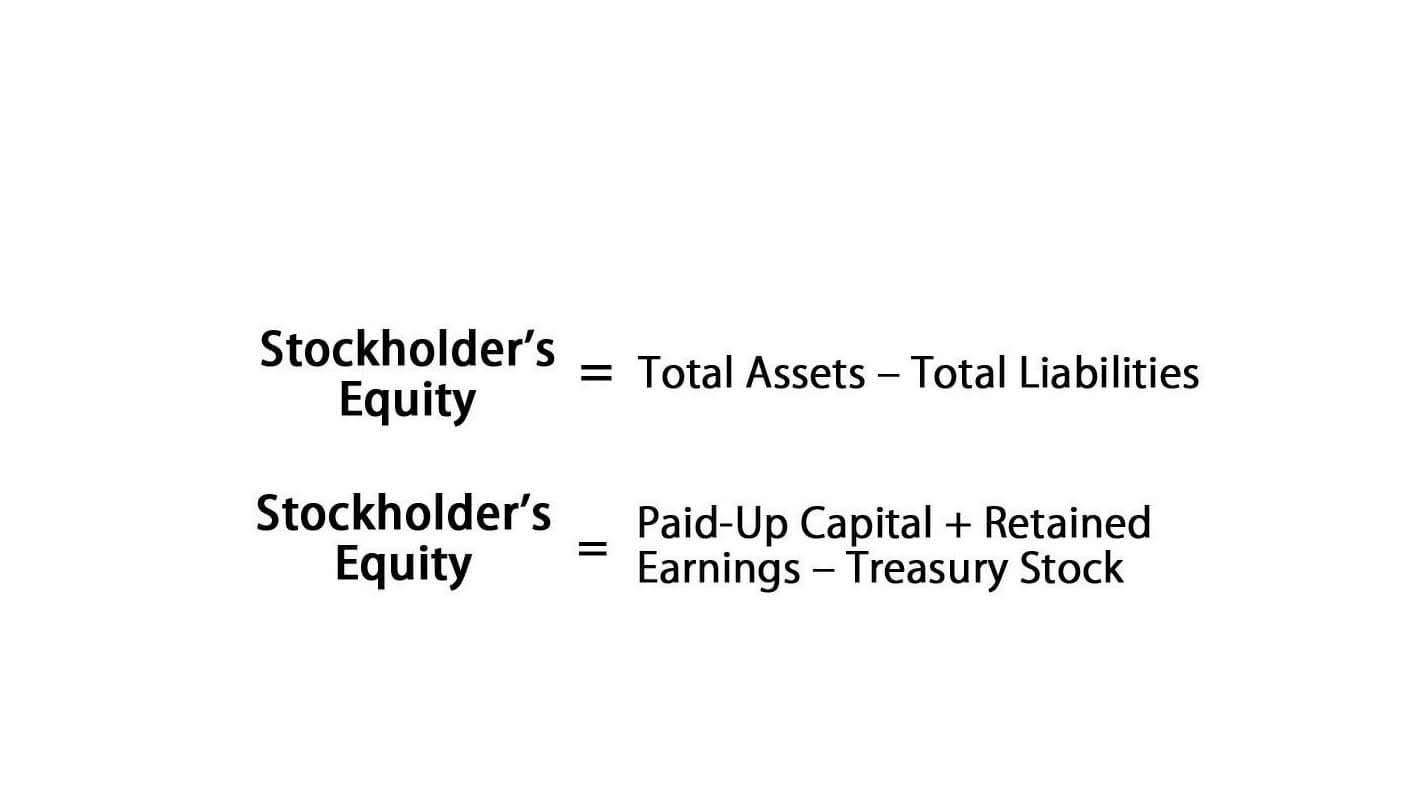
By carefully comparing these three sets of data, law firms can maintain stricter control over their financial transactions and ensure compliance with regulatory requirements. Law firms face many accounting challenges from managing client funds to tracking complex transactions. One big one is compliance with regulatory requirements especially around trust accounts and IOLTA (Interest on Lawyers’ Trust Accounts). Law firms law firm chart of accounts also need to manage cash flow, accounts receivable and accounts payable to be financially stable.
- Even though your state may have its own unique rules, there are a couple of things you should include in your clients’ chart of accounts in order to easily comply with most record keeping requirements.
- An example specific to law firms would be the sub-account of segregated liabilities.
- Failure to allocate appropriately can lead to inaccurate books, and battle compliance issues.
- Following law firm accounting best practices, each transaction requires a debit from one account and a credit to another.
- A balance sheet is a financial statement that provides a snapshot of a company’s financial position at a specific point in time.
- While managing your chart of accounts and overall financial management can be complex, you don’t have to navigate these challenges alone.
What is Law Firm Accounting?

Under the heading of segregated liabilities, your chart of accounts should include pooled trust accounts and separate, interest-bearing trust accounts. When it comes to accounting for law firms, choosing the right accounting method is crucial. In the US, new law firms have the option to select between cash or accrual accounting methods, each impacting legal bookkeeping and tax filing differently. It is crucial to maintain meticulous record-keeping and to keep separate accounts, accounting especially for trust accounting as required by state bar association rules. Consistent and accurate bookkeeping tasks should be carried out according to a set schedule, whether daily, weekly, or monthly.

General Ledger in Accounting: What Every Law Firm Needs to Know
This lack of detail can make it difficult to gain meaningful insights into your firm’s financial performance. While you spend many years honing your expertise and experience to become a professional attorney and run your law firm, you didn’t learn about bookkeeping and accounting for law firms. And even you have an overview of what is bookkeeping and accounting, you wouldn’t know what involve when it comes to bookkeeping and accounting for law firms. Within each of those categories, you may have dozens of general ledger accounts. For example, you might have an operating account, lawyers trust accounts, accounts receivables, and fixed assets within the assets category. To effectively manage legal accounting for law firms, it’s wise to start with a foundation that works for all aspects of running your firm.
- A chart of accounts is a list of all your firm’s financial accounts, usually used by an accountant and available for bookkeepers.
- For example, if your payroll period ends on Friday, but you don’t pay employees until the next Monday, you will still record that transaction on Friday.
- Offering equity ownership as part of a lawyer’s compensation package can be a way to get good lawyers to join the company and keep them there for a long time.
- This also allows you to generate trust account reports to maintain transparency and compliance with clients and regulatory bodies.
Understanding the Importance of Trust Accounts
This involves tracking income, expenses, assets, liabilities and equity to ensure financial statements are accurate and compliant with regulatory requirements. Good law firm accounting is key to a firms financial health and success. It allows lawyers and administrators to make informed decisions on resource allocation, budgeting and financial planning. When setting up your chart of accounts, identify accounts that align with your law firm’s activities and reporting needs. Establish separate accounts for different practice areas to track revenue and expenses. Consider trust accounts if applicable and create sub-accounts to monitor client funds.

Why Is a Chart of Accounts Important for Lawyers

With Clio Accounting you can generate all sorts of financial reports to help you make data-driven decisions for the growth of your firm. QuickBooks currently does not have the ability to track as well as charge clients for any Soft Costs incurred. A soft cost is a cost you need to charge a client for, however you Accounting for Technology Companies do not actually write them a check for the cost.